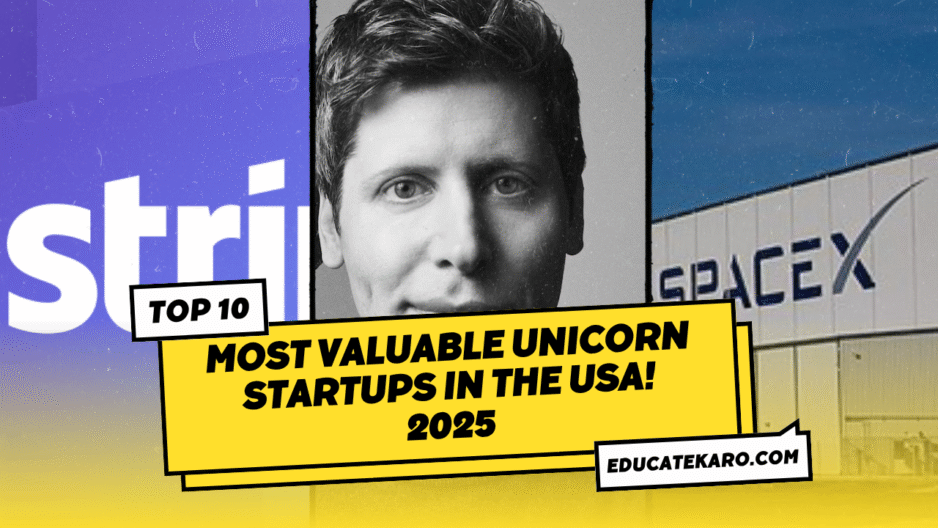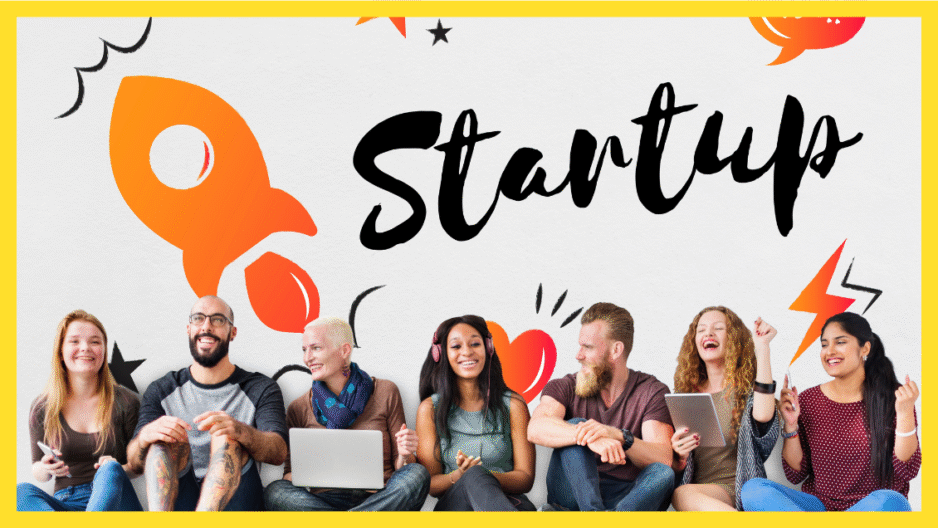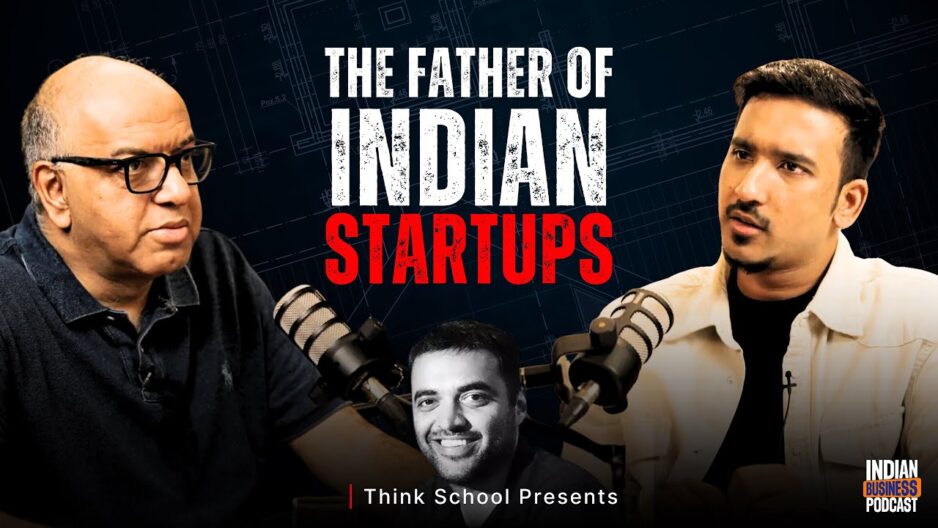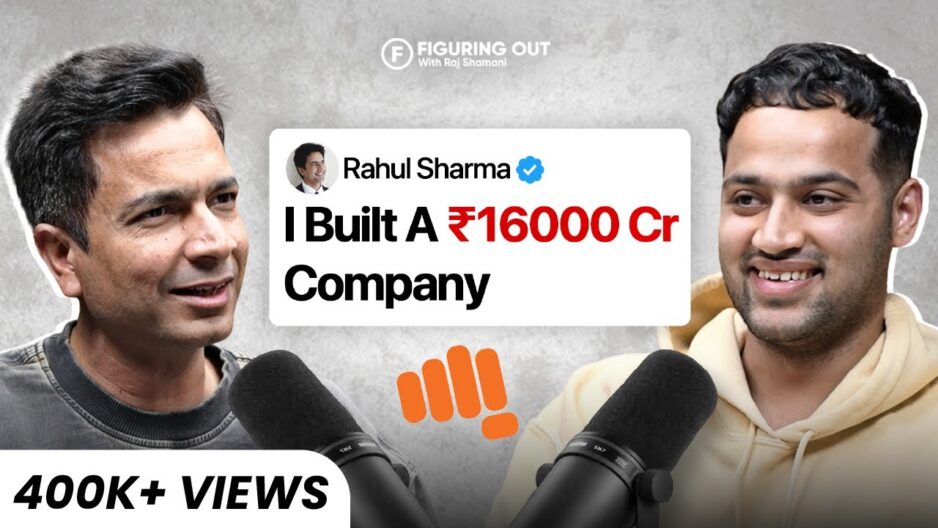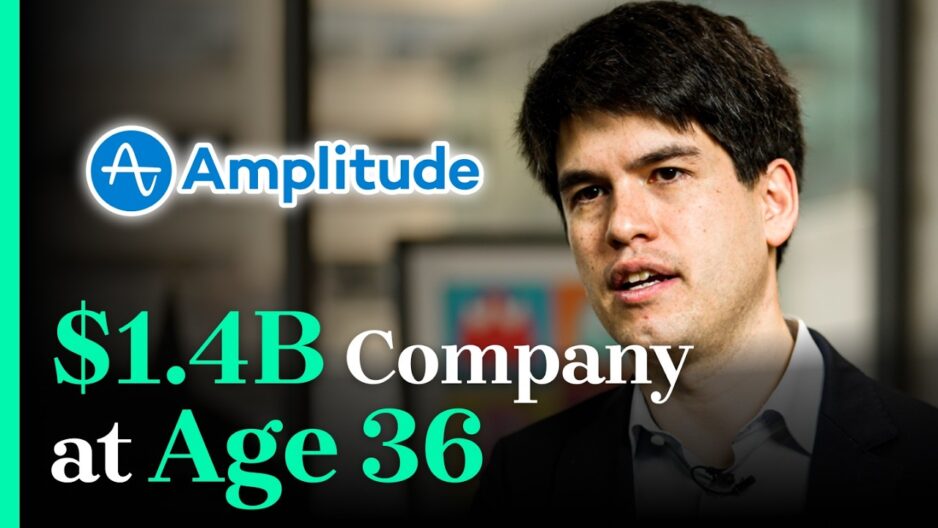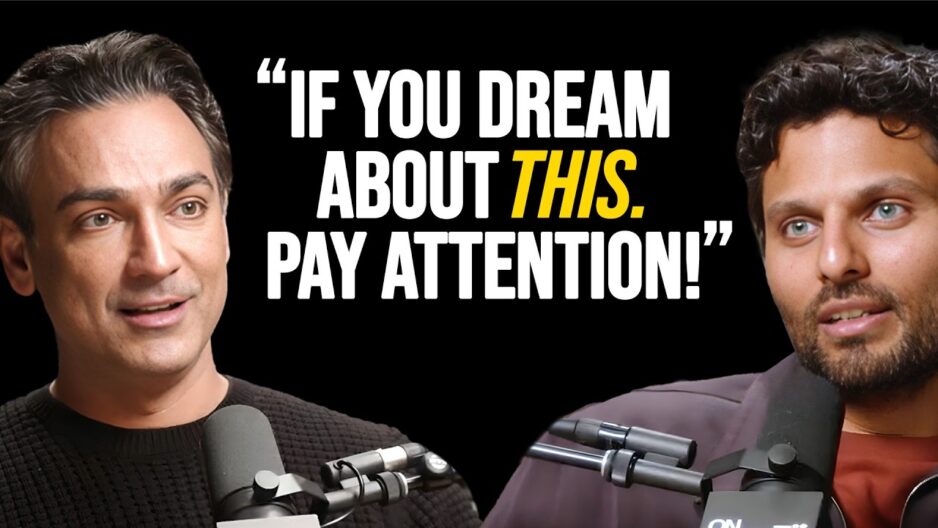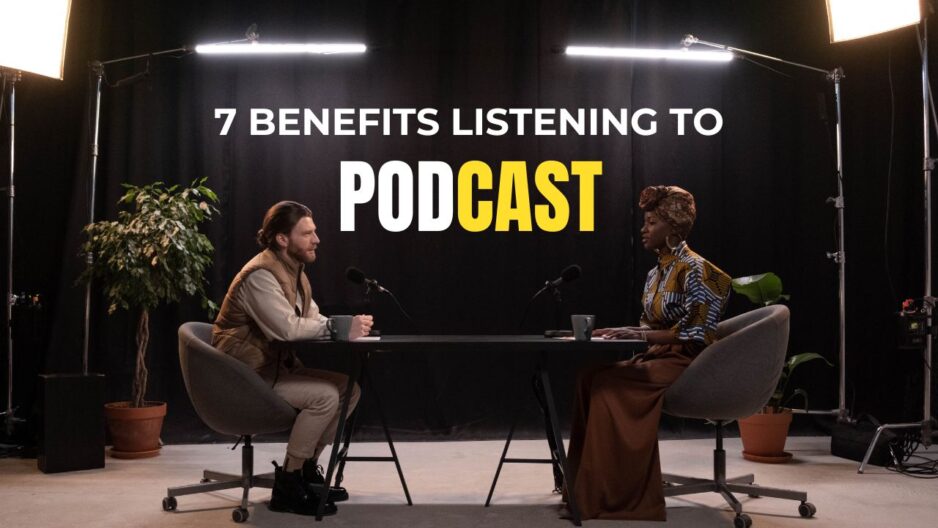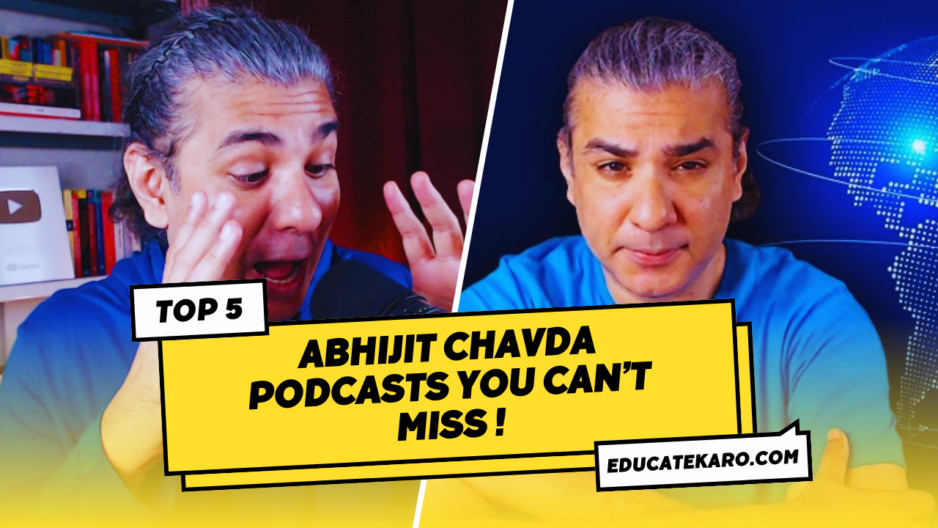The company that is quietly building AI today becomes a billion-dollar unicorn tomorrow. Unicorn startups are private companies whose value is more than $1 billion. In such a situation, the question arises: who are the most valuable unicorn startups of this year?
Here we take you through the list of the Top 10 unicorns in the US, companies that not only have a billion-dollar value but are also redefining the tech future of the entire world.
1.SpaceX- $350 Billion
Elon Musk’s SpaceX has become the world’s largest space tech company today. Launching rockets is an old thing, now it is also preparing for global satellite internet through Starlink , space trips of astronauts and Mars mission in the future. This company, which started in 2002 with the dream of a sustainable colony on Mars, today does not just launch rockets – it is redefining the entire space economy.

2.OpenAI – $300 Billion
Starting out of San Francisco, OpenAI is the biggest face of today’s AI revolution. With tools like ChatGPT, DALL·E and Sora, it has shown the world the power of generative AI. Microsoft’s $13 billion investment and the popularity of GPT models have put it on the list of billion-dollar unicorns.

3. xAI – $113 Billion
Elon Musk’s second big AI company, xAI , is not just a chatbot company but has a bold vision – “Understand the Universe”. Started in 2023, this firm started with Grok chatbot and within no time, it raised more than $12 billion in funding and reached a valuation of $113 billion. Now even X (formerly Twitter) has become a part of it.
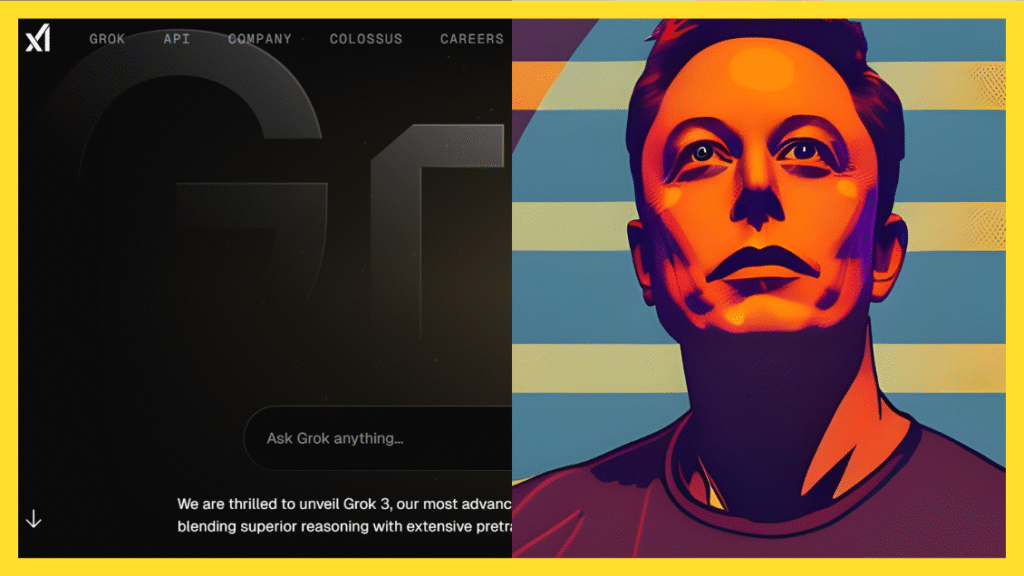
4. Stripe – $91.5 Billion
Stripe is the world’s largest private fintech company, making online payments easy. Started by two Irish brothers in 2010, this company has now become the backbone of every small and big e-commerce and SaaS business. It has handled payment volume of more than $1.4 trillion in 2024.

5. Databricks – $62 Billion
Databricks has opened a new path for data and AI. It introduced the concept of Data Lakehouse , which brings data warehouse and data lake on one platform. Enterprises are using it for generative AI, analytics and machine learning. Databricks has become the best friend of every data-driven company today.
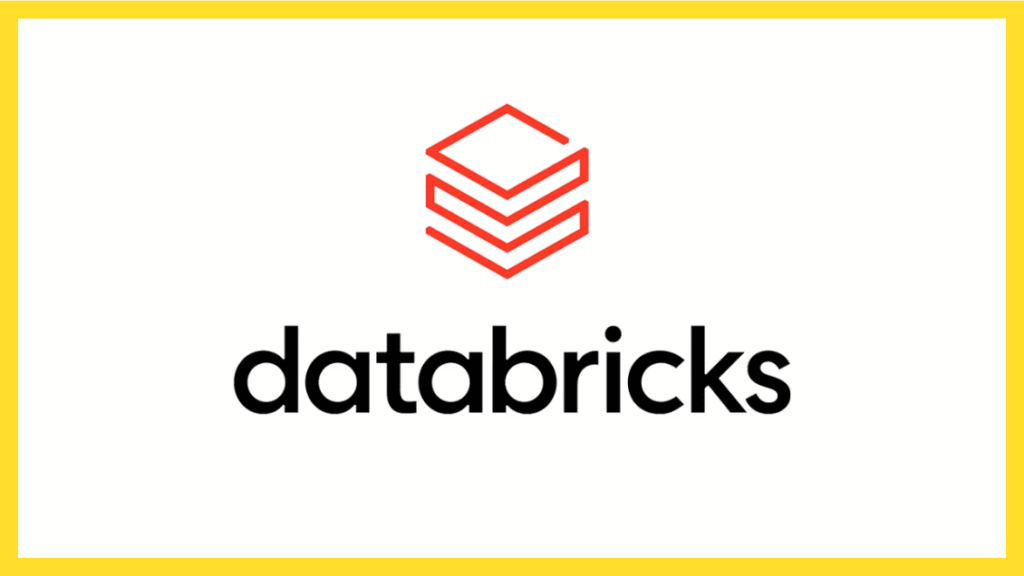
6. Anthropic – $61.5 Billion
Anthropic , created by ex-members of OpenAI, has made its place in the world of AI with the Cloud chatbot. This company focuses on creating not just smart AI, but safe and reliable AI models . After receiving billions in funding from giants like Amazon and Google, Anthropic is now considered to be at the forefront of AI safety.

7. Safe Superintelligence Inc. – $32 Billion
OpenAI co-founder Ilya Sutskever started SSI Inc to develop superintelligent AI in a safe way . A small team of just 20 people, no product, yet a valuation of $32 billion — simply because SSI’s mission is to create the most powerful AI of the future for the benefit of humans.

8. Epic Games – $31.5 Billion
You must have heard about Fortnite. But Epic is not just limited to gaming. Its tools are also being used in fields like film making, virtual reality and metaverse.

9. Anduril Industries – $28 Billion
Anduril is not a typical Silicon Valley startup. It is connecting defense with AI – whether it is drones, surveillance towers or autonomous military tech. Palmer Luckey is the founder of this company.
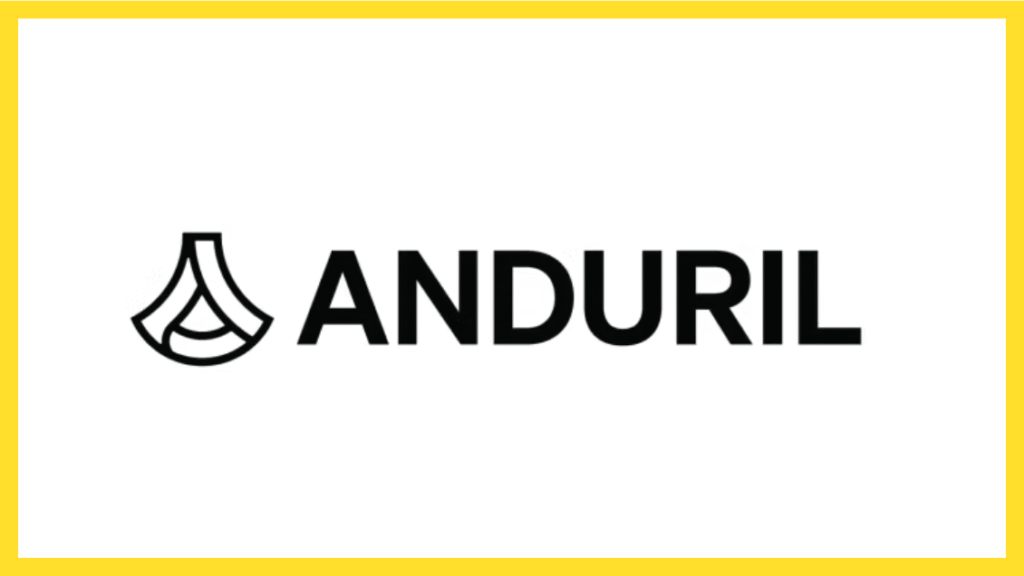
10. Fanatics – $27 Billion
It started by selling jerseys, but today Fanatics has become a sports tech brand. Its presence is growing rapidly in collectibles, trading cards and even online betting.


